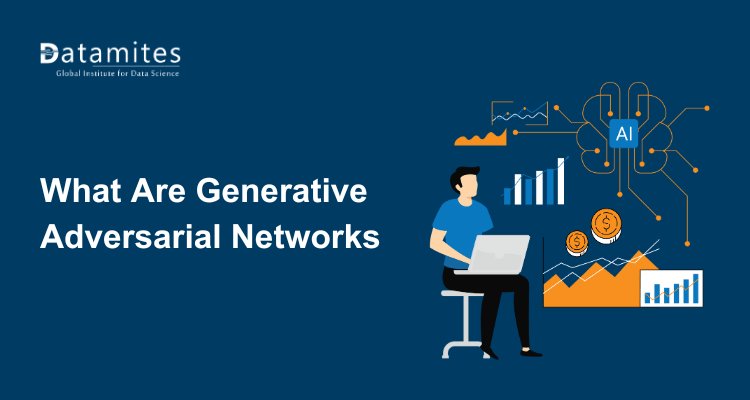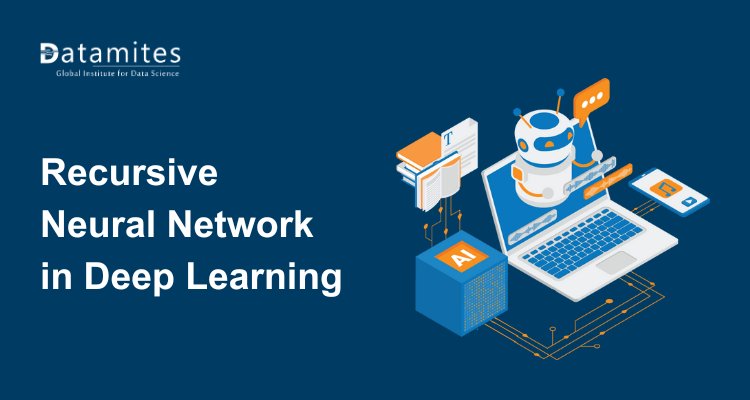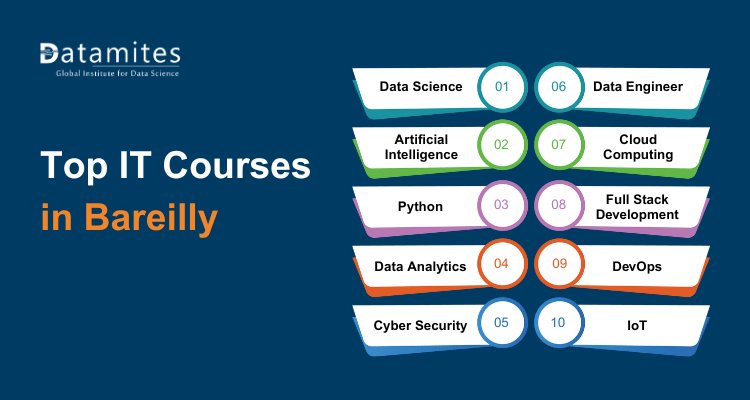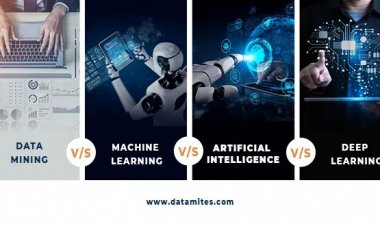Generative Adversarial Networks (GANs): How are GANs Transforming AI?
Discover how Generative Adversarial Networks (GANs) are transforming artificial intelligence by enabling machines to create realistic images, videos, and data. Learn about their architecture, applications, and impact on the future of AI innovation.

Artificial Intelligence has rapidly advanced over the past decade, and one of its most revolutionary innovations is Generative Adversarial Networks (GANs). Introduced by Ian Goodfellow in 2014, GANs have transformed the way machines create, learn, and replicate data. From generating hyper-realistic images to enhancing medical research, GANs are reshaping industries and redefining the boundaries of AI capabilities.
In this article, we’ll explore what GANs are, how they work, their architecture, applications, advantages, and why they play a crucial role in the future of AI.
What Are Generative Adversarial Networks (GANs)?
At its core, a Generative Adversarial Network (GAN) consists of two neural networks: the generator and the discriminator. These networks work in opposition to one another, creating a competitive environment that drives the generator to produce increasingly realistic outputs.
- Generator: This network generates new data instances resembling the real data it is trained on.
- Discriminator: This network evaluates the authenticity of the generated data, determining whether it is real or fake.
Through this adversarial process, the generator continues to improve until its outputs become nearly indistinguishable from real data. This innovative approach has made GANs a cornerstone in AI research and practical applications, ranging from deepfake creation to realistic image synthesis.
According to Grand View Research, the global wearable AI market was valued at USD 26,879.9 million in 2023 and is projected to reach USD 166,468.3 million by 2030, growing at a CAGR of 29.8% between 2024 and 2030.
Architecture of Generative Adversarial Networks
The architecture of GANs is relatively simple yet powerful, consisting of two main components:
- Generator Network: Often designed using deep neural networks, the generator transforms random noise into meaningful data. Techniques like convolutional layers are commonly used in image generation tasks.
- Discriminator Network: The discriminator acts as a classifier, distinguishing between real and generated data. It provides feedback to the generator, which helps improve the generated content over time.
Advanced GAN architectures, such as Deep Convolutional GANs (DCGANs) and Conditional GANs (cGANs), build upon this basic structure to enhance performance and enable specialized applications.
Refer these below articles:
- What Is Vertex Artificial Intelligence?
- What is Simple Linear Regression
- Python Libraries for Machine Learning
Types of Generative Adversarial Networks
Over the years, several types of GANs have been developed, each designed for specific use cases:
- Vanilla GAN: The original GAN model proposed by Ian Goodfellow.
- Deep Convolutional GAN (DCGAN): Uses convolutional networks for image generation tasks.
- Conditional GAN (cGAN): Generates data conditioned on specific attributes or labels.
- CycleGAN: Transforms images from one domain to another, such as turning sketches into realistic photos.
- StyleGAN: Enables control over the style and attributes of generated images, often used in digital art and character design.
Understanding these types helps developers select the right GAN architecture for their AI projects and achieve optimal results.

How Generative Adversarial Networks Work
Generative Adversarial Networks (GANs) function through a unique process called adversarial training, where two neural networks the generator and the discriminator compete in a continuous loop. This competition drives the generator to produce data that becomes increasingly realistic over time. Let’s break down the process step by step:
1. The Generator Creates Fake Data
The generator network starts by taking random noise as input, often referred to as a latent vector. From this input, the generator produces a batch of synthetic data for example, images, text, or audio that mimics the characteristics of real-world data. Initially, the generated data is crude and easily distinguishable from real data.
2. The Discriminator Evaluates Data
The discriminator network receives both real data (from the training dataset) and fake data (from the generator). Its job is to classify each instance as either real or fake. The discriminator outputs a probability score for each sample, indicating the likelihood that it is genuine.
3. Feedback Loop for the Generator
Based on the discriminator’s evaluation, the generator receives feedback on how realistic its outputs are. Using this feedback, the generator adjusts its internal parameters through backpropagation to produce more authentic data in the next iteration.
4. Iterative Training
This adversarial cycle generator creates, discriminator evaluates, generator improves and repeats thousands or even millions of times. With each iteration:
- The generator becomes better at creating realistic data.
- The discriminator becomes more accurate at distinguishing real from fake.
5. Converging Toward Realistic Outputs
Over time, the generator learns to mimic complex data distributions, making its outputs increasingly indistinguishable from real data. The discriminator, in turn, pushes the generator to innovate further. This iterative process is what makes GANs highly effective for tasks such as:
- Image synthesis: Generating lifelike human faces or landscapes.
- Deepfake creation: Producing realistic videos and audio.
- Data augmentation: Expanding small datasets for machine learning models.
Why This Process Matters
The strength of GANs lies in this adversarial mechanism. Unlike traditional AI models that rely solely on pattern recognition, GANs learn through competition, allowing them to generate outputs that are not only accurate but also creative and highly realistic.
Read these below articles:
How Generative Adversarial Networks Are Transforming AI
GANs are impacting AI in multiple ways, revolutionizing how machines learn, create, and assist humans:
1. Creating Realistic Images and Videos
GANs can generate photorealistic images and videos from scratch. This has applications in gaming, animation, movie production, and virtual reality, where realistic visuals are essential.
2. Enhancing Data for AI Training
High-quality data is the backbone of AI. GANs can generate synthetic datasets to augment existing data, improving machine learning models’ performance, especially when real-world data is scarce or expensive to collect.
3. Advancing Healthcare and Medical Imaging
GANs are being used to generate medical images, enhance MRI scans, and even simulate disease progression. This helps doctors and researchers train AI models more effectively, leading to better diagnostics and treatment plans.
4. Transforming Creative Industries
GANs are enabling AI to create art, music, and fashion designs, pushing the boundaries of creative expression. Artists and designers are using GANs to explore novel styles and generate unique content that blends human and machine creativity.
5. Improving Security and Fraud Detection
GANs are also helping cybersecurity experts generate realistic fake data to test vulnerabilities in systems and improve fraud detection algorithms. By simulating attack scenarios, GANs make AI-powered security systems more robust.
According to Precedence Research, the global Natural Language Processing (NLP) market was valued at USD 30.68 billion in 2024 and is projected to grow significantly, reaching approximately USD 791.16 billion by 2034, with a CAGR of 38.40% from 2025 to 2034. This growth highlights the expanding role of AI technologies, including GANs, in powering intelligent systems across industries.
Advantages of Using GANs
GANs offer several benefits that make them indispensable in modern AI applications:
- Realistic Data Generation: GANs can produce highly authentic data for training AI models.
- Data Efficiency: They reduce the need for large labeled datasets by generating synthetic data.
- Versatility: GANs can be applied to images, videos, audio, and even text data.
- Innovation in Creativity: GANs open new possibilities in art, design, and entertainment.
- Problem Solving: GANs help solve problems in domains with limited or imbalanced datasets.
Generative Adversarial Networks (GANs) are transforming AI by enabling machines to create realistic data and solve complex problems. From enhancing image resolution to generating synthetic datasets, GANs have revolutionized multiple industries and set new benchmarks in AI innovation.
Coimbatore, renowned for its industrial and educational prominence, is rapidly adopting artificial intelligence (AI) to foster growth and innovation across various sectors. The city is leveraging AI to enhance education, improve urban infrastructure, protect wildlife, and drive technological innovation. By integrating AI into everyday life and local development initiatives, Coimbatore is positioning itself as a forward-thinking, tech-driven city, making it an ideal hub for professionals and students seeking advanced Artificial Intelligence Courses in Coimbatore.
The DataMites Artificial Intelligence Course in Chennai offers a comprehensive training program designed for both beginners and experienced professionals. The curriculum focuses on practical, hands-on learning through real-world projects, supported by mentorship from industry experts. With dedicated placement support, the course equips learners to excel in Chennai’s rapidly expanding tech ecosystem. Upon completion, participants earn internationally recognized certifications from IABAC and NASSCOM FutureSkills, enhancing their professional credibility and opening doors to rewarding career opportunities in the competitive field of AI.





